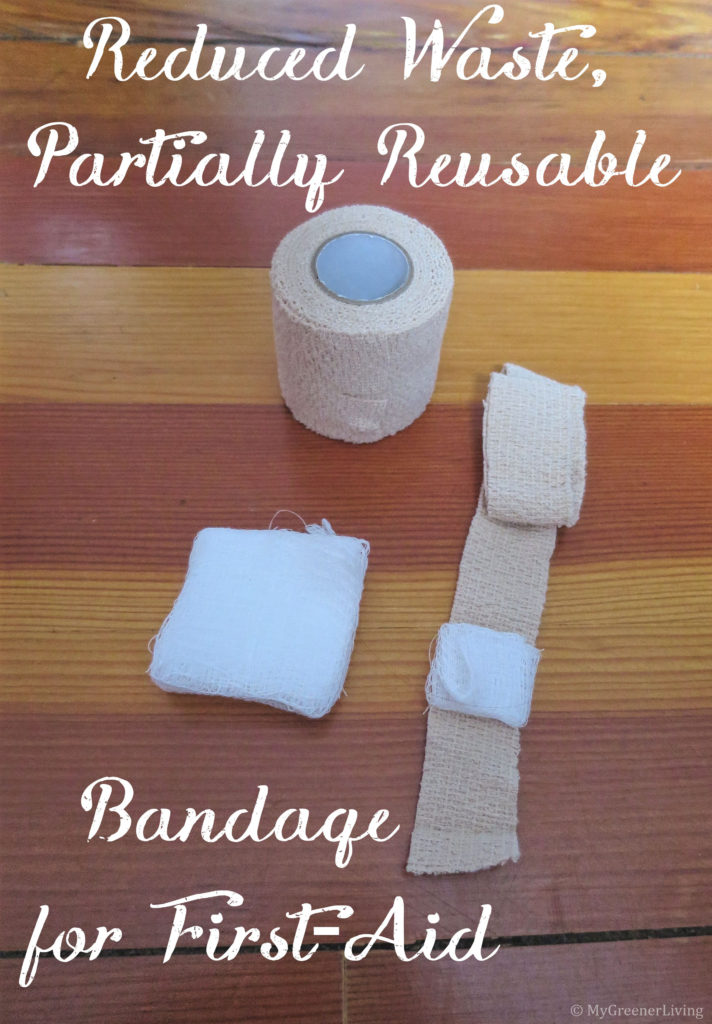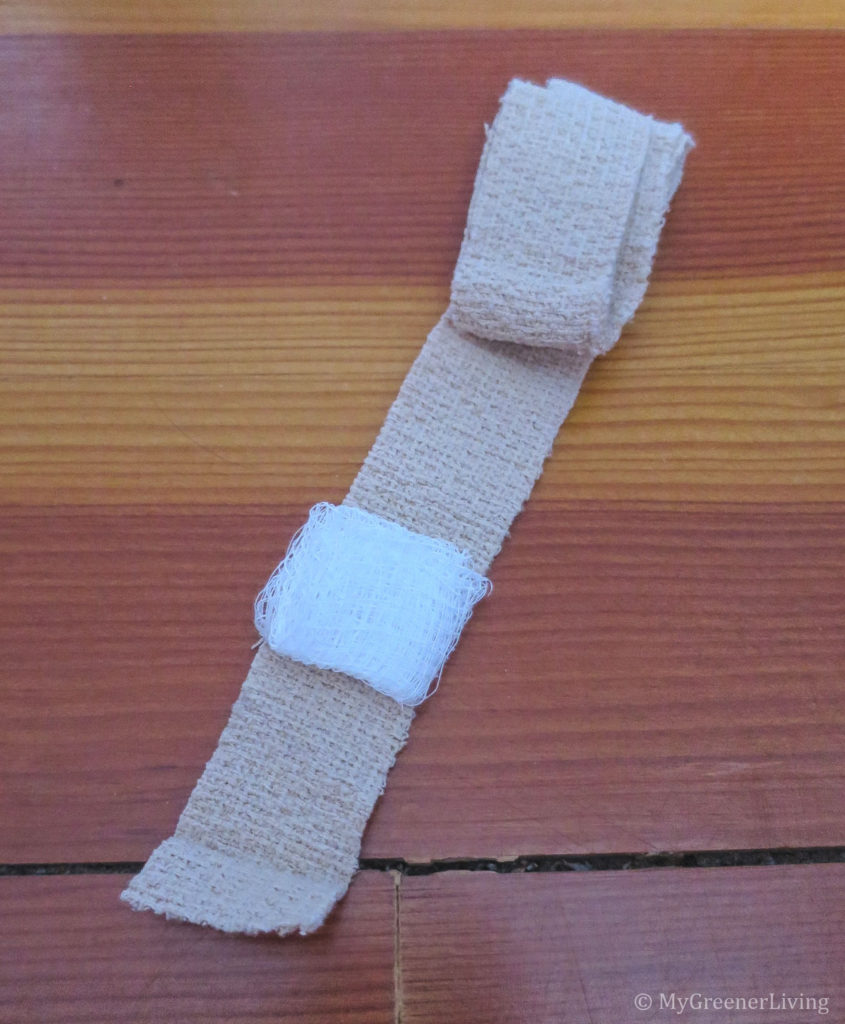Last year I wrote about a homemade natural deodorant recipe for sensitive skin. I’ve been using it over a year and I still love it. It is an effective deodorant for me, and the only deodorant I have found that does not have ingredients that I wish to avoid, does not irritate my skin, and actually works well!

Disclaimer: This post contains affiliate links. See my Disclosure Policy for more information.
As with all my recipes, I am both anxious to share with you when I find something that I like and that works, but I also like to experiment and try to perfect my recipes as well. My deodorant is no exception.
Pros and cons of the original natural deodorant recipe
Here’s where my original natural deodorant recipe worked well:
- does not irritate sensitive skin
- goes on smoothly onto smooth (hairless) skin
- goes on smoothly in warm weather
- mild smell, almost no smell (closer to fragrance free than fragranced deodorant)
- free from ingredients I seek to avoid (aluminum, baking soda, parabens, synthetic fragrance, etc.)
And here are some of the shortcomings of my original natural deodorant recipe:
- need to use extra pressure to apply in cold weather – want a better year-round formula
- difficult to apply/goes on a bit clumpy on underarms with hair (my male volunteer)
- lacks the fragrance to which some people are accustomed and want in their deodorant
- may tint darker skin tones
- leaves a thin wax layer on skin which clogs my razor when I shave

My new recipe maintains all of the good from my first list, while solving 4 of the 5 shortcomings from the second list.
As long as I keep with a recipe that uses wax I am going to have the problem of wax clogging my razor, but so far I have not found any other recipes that come close to being as effective and gentle on my skin, so I accept that shortcoming. Also, I use a double edge safety razor for shaving, so it is very easy to carefully remove the razor blade from the handle, carefully remove the wax from the blade by sliding my fingers from the center of the blade outwards and repeating until the wax has cleared, and replacing the blade.
The new natural deodorant recipe
My new recipe is very similar to my original recipe, which I adapted from this recipe from The Things We’ll Make. The real difference is change in quantity of some ingredients, and options for different essential oils to allow for different fragrances.
Ingredients
- 2-1.75 oz deodorant tubes or other container for storing deodorant
- 25 g shea butter
- 40 g coconut oil
- 30 g beeswax pellets
- 7.5 g zinc oxide
- 3.5 g zinc ricinoleate (package recommends 1.5-3%, this yields 3% concentration)
- 1/2 tsp.(2g) matcha
- 10 drops vitamin E
- 30 drops essential oil(s) of choice
Essential oil blends
Sensitive skin blend:
- 15 drops tea tree essential oil
- 7 drops lavender essential oil
- 7 drops eucalyptus oil
Forest Blend
- 8 drops tea tree essential oil
- 7 drops lavender essential oil
- 7 drops eucalyptus oil
- 8 drops cypress essential oil
Blending Guidance
I reference this blog post from Rose Mountain Herbs for essential oil blending. I also avoid citrus oils in deodorant and body products because many cause photosensitive reactions (irritate skin when exposed to sun), and also avoid very “strong” oils like clove and oregano which can irritate skin.

Instructions
- Combine the bees wax, shea butter, and zinc ricinoleate in the top of a double boiler or microwave safe container. Heat slowly- I do 50% power in my microwave for a minute then add 30 seconds, stir, add 30 seconds, repeat until all ingredients are melted. Stir until all ingredients mixed together.
- Add the zinc oxide and mix well.
- If using matcha, add matcha and mix well.
- Add vitamin E and desired essential oils and mix well.
- Pour into a deodorant container or other container of your choice and allow to cool at room temperature. (If accelerating the cooling process such as by placing in the refrigerator, there will be a bigger indentation in the center due to uneven cooling rate.)
Any time after the deodorant has fully cooled, it is ready to be applied.

Use
I apply my natural homemade deodorant each morning, and after each shower. 2 swipes per arm to fully cover the underarm is sufficient for me. Either my original or this new recipe work just fine for me, this I do prefer the consistence and feel of this new formula best, especially in colder temperatures. I am using up the last of my original recipe deodorant this summer, and will continue to make this new formula for the winter and future years.
Ingredient selection
As with my original recipe, each ingredient was selected for a specific purpose. substitutions may be possible, but will likely have some impact on the end result product.
- Beeswax – critical to consistency of the deodorant stick. Antibacterial, antiviral, and anti-fungal. Possibly a similar consistency could be reached using large amounts if cocoa butter, with shea butter and less coconut oil than this recipe.
- Shea butter – key to the consistency of the deodorant stick, but different combinations of oils/butters/waxes (beeswax, cocoa butter, coconut oil, olive oil) could result in a good substitute deodorant stick base.
- Coconut oil – key to the consistency of the deodorant stick, but different combinations of oils/butters/waxes (beeswax, shea butter, cocoa butter, olive oil) could result in a good substitute deodorant stick base. Also, believed to be antibacterial, antiviral, and anti-fungal.
- Zinc oxide – soothing for skin, skin protectant, and safe according to chemicalsafety.org, WebMD, and others. It could be omitted or used in a lesser quantity, but it does thicken the deodorant, so it may be necessary to increase the amount of shea butter and/or beeswax if zinc oxide is omitted.
- Zinc ricinoleate – This is the odor absorber, I will never make deodorant without it again.
- Matcha powder – antioxidant, and adds fun (and natural!) color. This is used in such low quantity in this recipe that it could be omitted with no other substitutions.
- Vitamin E – antioxidant. This could likely be omitted without negatively impacting the recipe.
- Tea tree essential oil – is antibacterial, antiviral, and anti-fungal so for me a great choice for me to use on this area that is prone to irritation.
- Lavender essential oil – antioxidant, helps heal skin, fragrance.
- Eucalyptus oil – antibacterial, antimicrobial, fragrance.
- Cypress oil – antimicrobial, fragrance.
- The oils can be substituted for other essential oils to suit desires for specific scents or properties. I am careful to research essential oils to make sure they are safe to use on skin, and safe to use mixed together, before using in a recipe like this. I reference this Modern Essentials book a lot – I like that it not only gives information but also cites references for that information. This website also gives a good overview on key safety points for essential oil use.

Cost for 2-1.75 oz tubes
- Shea butter, $11.50 for 1lb. 25 grams x (1lb/453.6gram) x ($11.50/lb)=$0.634
- Beeswax, $18.95 for 2 lb. 30grams x (1lb/453.6gram) x ($18.95/2lb)=$0.627
- Coconut oil – $16.04 for 54oz at BJ’s wholesale club. 40 grams x (1oz/27.02 grams) x ($16.04/54oz) = $0.440 (also available on Amazon though a bit more pricey. Still a good deal!)
- Zinc oxide, $10.99 for 1 lb. 7.5g x ($10.99/1 lb) x (1 lb / 453.6g) = $0.182
- Zinc ricinoleate $15.95 for 125g. 3.5g x ($15.95/125g)=$0.447
- Matcha, $14.99 for 8oz (227g). 2g x ($14.99/227g)=$0.132
- Vitamin E, $5.71 for 2.5 oz or 296-5 drop servings. $5.41/296 servings x 2 servings = $0.039
- Tea Tree Oil, $10.64 per fl oz. 600 drops oil per ounce. 15 drops x (1 fl oz/600 drops) x ($10.64/fl oz) = $0.266
- Eucalyptus Oil, $8.69 per fl oz. 600 drops oil per ounce. 7 drops x (1 fl oz/600 drops) x ($8.69/fl oz) =$0.101
- Lavender Oil,$14.64 per fl oz. 600 drops oil per ounce. 7 drops x (1 fl oz/600 drops) x ($14.64/fl oz)=$0.171
- Deodorant tubes, $8.95 for 5. $8.95 / 5 tubes x 2 tubes = $3.58
Total*: $3.04 for 2 tubes worth of deodorant, $6.62 for 2 tubes of deodorant, including tubes. $3.31 for 1 tube of deodorant with tube. I used old deodorant tubes for this batch, so they cost only $1.52 per deodorant! With this slightly softer consistency I use this deodorant a little faster than the original recipe; in about 9 months. Cost per month is only $0.37 with new tubes, and with reused tubes less than $0.17 per month.
* total cost is calculated for my sensitive skin essential oil blend. Cost will vary based on essential oils used.
See my original natural deodorant for sensitive skin post for price comparisons to other deodorants.
Have you tried a natural deodorant? Tell us what you thought about it in the comments!






